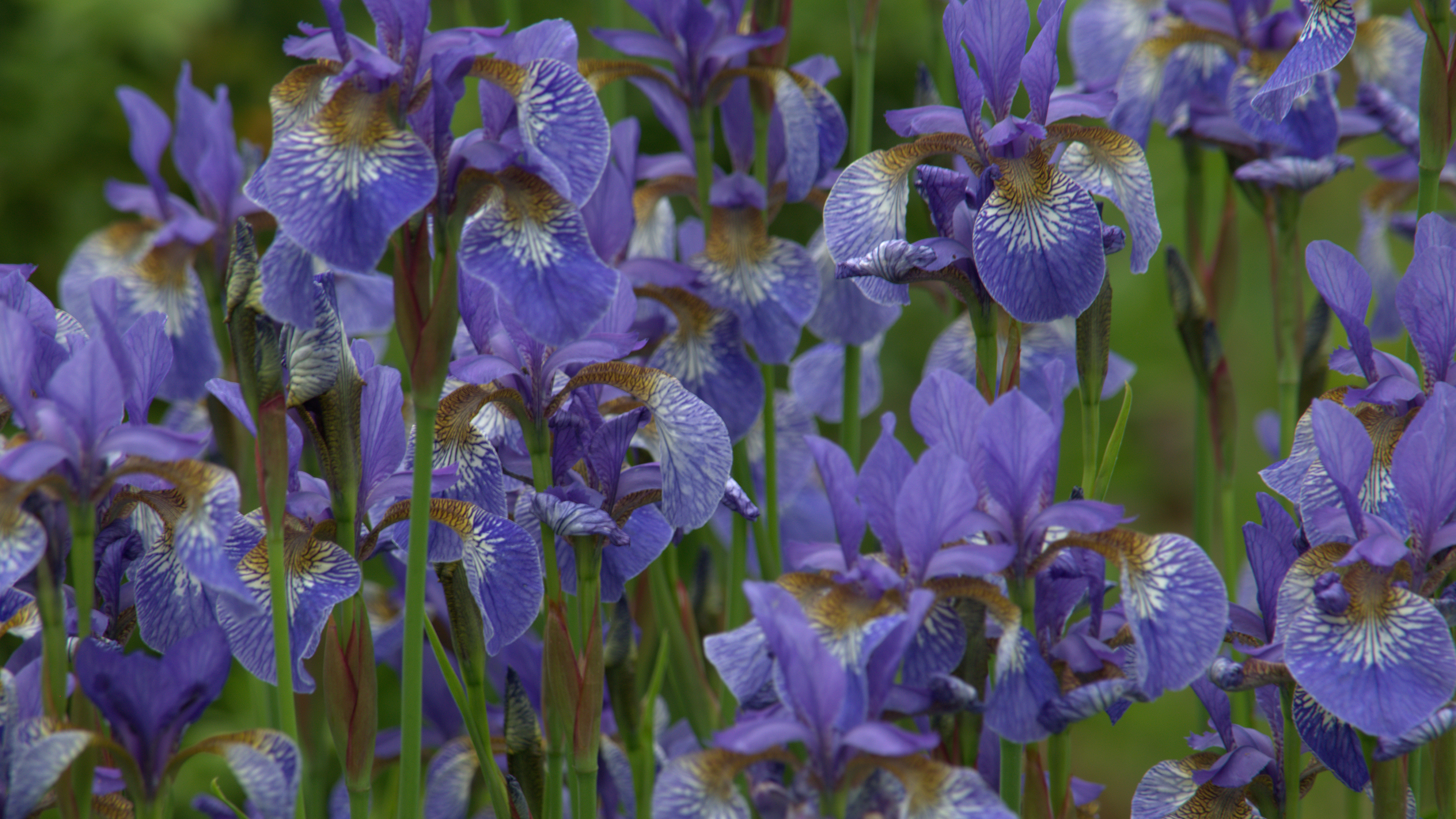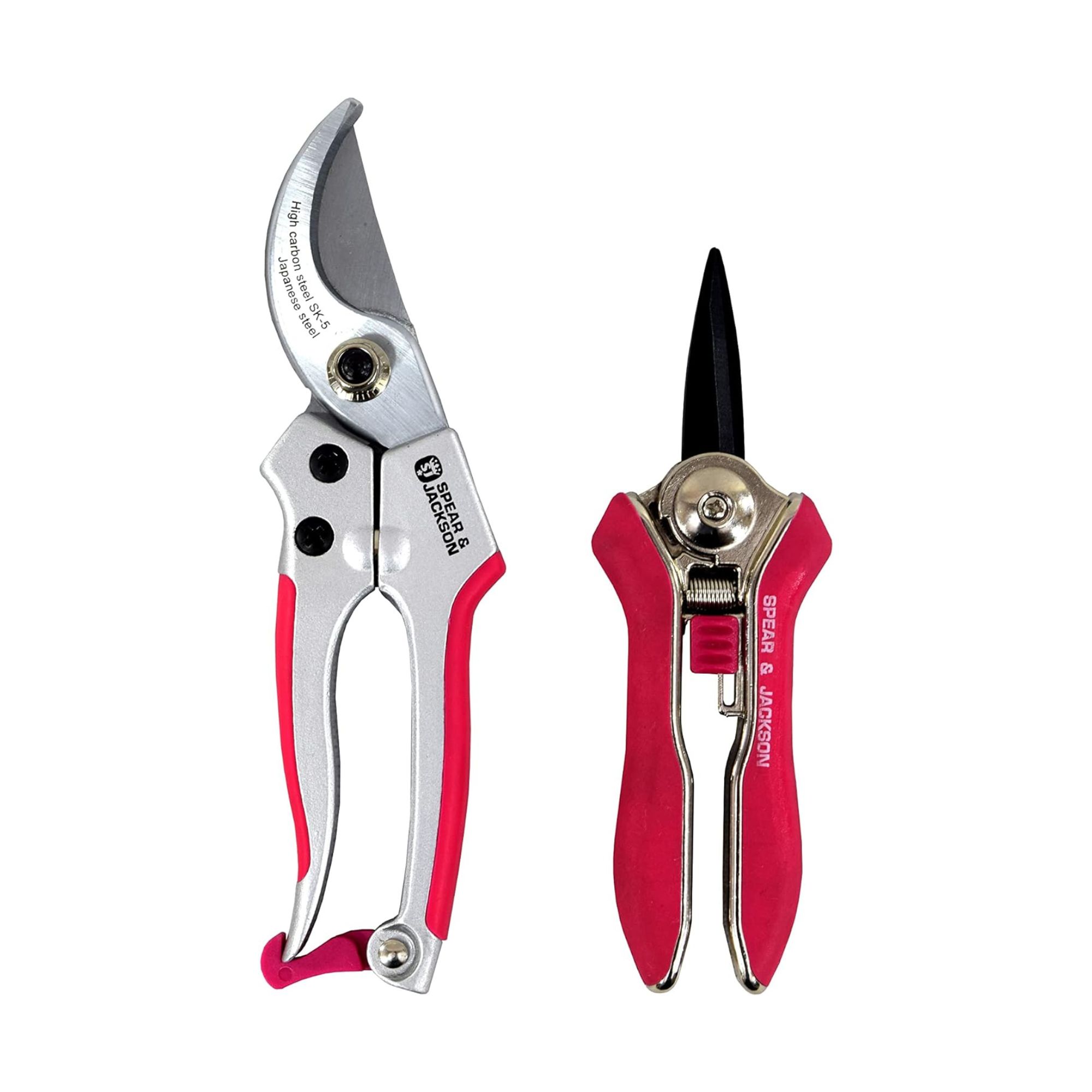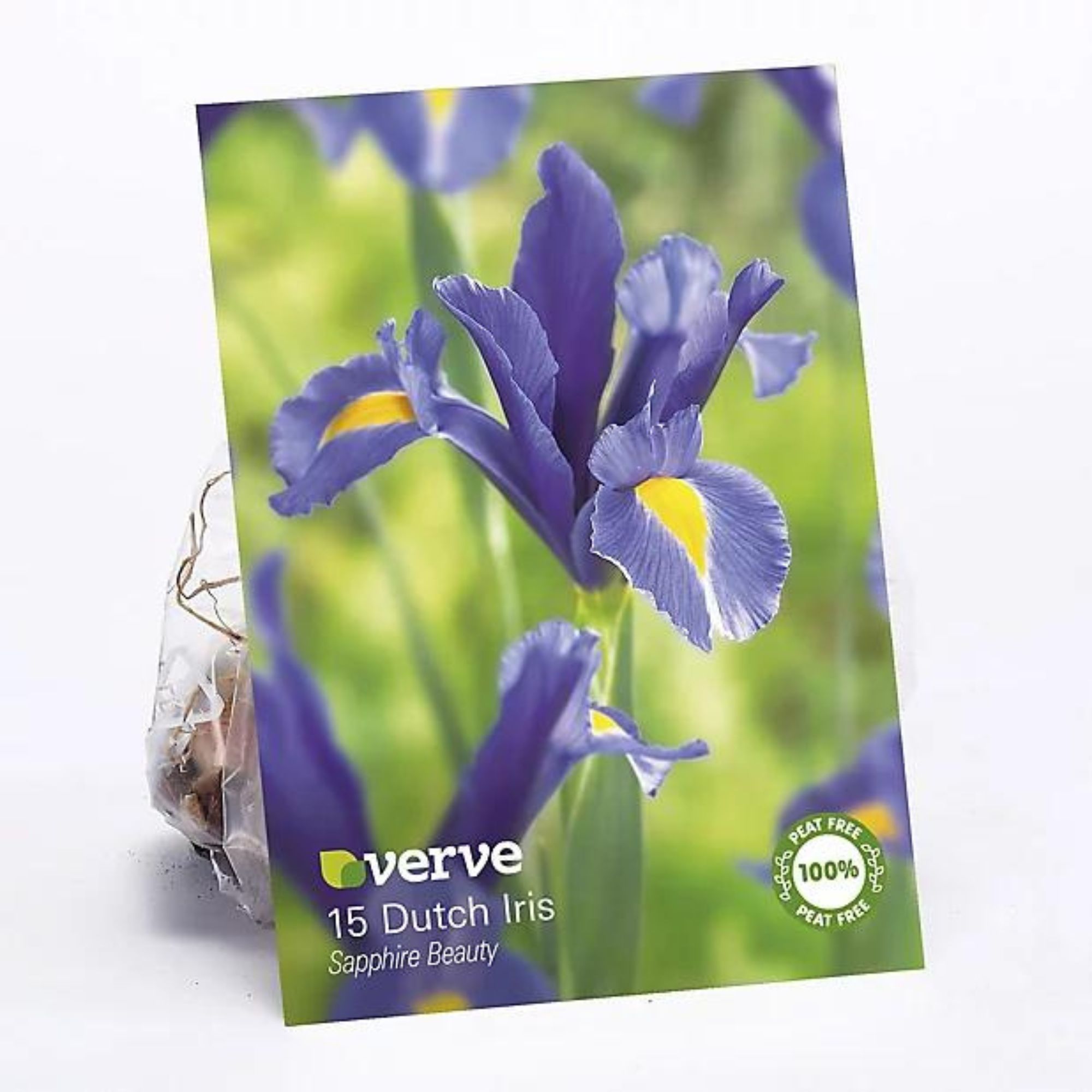When to deadhead irises - experts urge gardeners to complete this essential task as soon as possible to avoid disappointment next year
Your irises will show you when the time is right


Beautiful and elegant, irises are some of the earliest spring flowers to bloom. And while they can brighten any garden with their tall, sweetly-scented flowers, they’re also some of the earliest to fade. So, you may be wondering when to deadhead irises.
Whether you’re bringing your cottage garden ideas to life or just want to add some height to your container garden, irises will no doubt work their magic - and they’re even a particular favourite of gardening guru Monty Don. But if you want to avoid any deadheading mistakes, you need to choose the perfect time to deadhead your irises.
If you don’t, your blooms may not make as much of an impact next year. And that’s why we’ve reached out to gardening experts to get the scoop on the best time to deadhead irises so you can avoid disappointment next year.
When to deadhead irises
Depending on the variety of irises, these flowers will typically bloom for around two weeks between early May and late June. And while their marbled flowers and colourful spectrum of colours can brighten up a garden, there comes a time in every iris's life when it starts to look a little worse for wear.
But when do you deadhead irises? Well, Morris Hankinson, Director of Hopes Grove Nurseries, explains that your irises will show you when it’s the right time.
He says, ‘It’s very easy to know when to deadhead irises because it is best done as soon as the flower has faded. Some iris will flower again at the end of the summer, so deadheading is important.’
Yes, while it’s not a given that all irises will have a second flush of flowers, deadheading as soon as possible could result in some irises having a second blooming session - which will add even more colour and vibrancy to your garden in late spring.
Sign up to our newsletter for style inspiration, real homes, project and garden advice and shopping know-how
Not only that but deadheading irises as soon as the flowers have faded will also help to promote healthy, happy blooms next year.
Morris explains, ‘It will also mean the flower won’t go to seed, meaning all of the energy will go back into the rhizomes for flowering again the following year, rather than putting energy into seed production.’
Deadheading irises is easy, too. You can either do this by snapping off the spent flowers with your hands or snipping off the spent blooms with sharp secateurs.
However, John Clifford, a garden expert from Gardenstone, urges, ‘Make sure to deadhead with clean shears, and make sure to wash your tools in between deadheading different plants.’
And while all gardening experts would encourage iris lovers to deadhead their plants as soon as possible, it’s also important to note that you don’t necessarily have to deadhead your irises immediately - especially if you want to double the blooms in your garden.
‘If you do want to collect the seeds, leave some flowers to fade and go to seed, which you can then collect when the pod is brown,’ adds Morris. Then, you can plant the seeds and grow your own irises for free.
Whatever you choose to do, it’s also important to understand the proper rules for cutting back irises when the time is right. This, coupled with deadheading your irises, will result in even better blooms next year.

John Clifford is a director of Gardenstone, a leading garden landscaping retailer based in the UK. With over 30 years in the gardening industry and continual work alongside The National Trust, John has amassed an extensive range of gardening and planting knowledge. Alongside his younger son, John has built a strong reputation for Gardenstone as a trusted source for both high-quality garden products and expert gardening advice.

Morris Hankinson is the founder and managing director of Hopes Grove Nurseries Ltd, the UK’s only specialist grower-retailer of hedging plants. He established the thriving business in 1992, shortly after graduating with a Commercial Horticulture Degree from Writtle College, Essex.
What you’ll need
FAQs
How do you keep iris blooming all summer?
Unfortunately, irises typically only bloom for a few weeks at a time, but there are ways to keep them flowering for longer. One of the best ways to do this is to deadhead the spent flowers as soon as possible, which may even encourage a second flush.
It’s also a good idea to plant different varieties of irises in your garden, as these often bloom at different points throughout the spring and early summer. If you opt for reblooming varieties, you will also be guaranteed a second flush.
As irises thrive in moist conditions, you should also maintain a regular watering schedule and aim to fertilise them in the spring to give them an extra boost. This should hopefully result in them flowering for longer.
Can you cut irises down to the ground after they bloom?
Although you can cut irises down to the ground after they bloom, this isn’t considered the best practice. Once you’ve deadheaded your irises, you should then wait a few weeks for the foliage to turn yellow/brown. This is typically late summer to early autumn.
During this time, your irises will be absorbing and storing vital nutrients to help with next year’s growth, which is why it’s so important to wait.
What time of year do you divide irises?
When you’ve cut back your irises at the end of summer or early autumn, you can then divide them immediately. This can help to give your irises more space to grow, resulting in more plants and bigger and better blooms year after year.
So, keep an eye on your irises and watch for the tell-tale signs that it’s time to deadhead them.

Lauren Bradbury has been the Content Editor for the House Manual section since January 2025 but worked with the team as a freelancer for a year and a half before that. She graduated with a Bachelor’s degree in English and Creative Writing from the University of Chichester in 2016. Then, she dipped her toe into the world of content writing, primarily focusing on home content. After years of agency work, she decided to take the plunge and become a full-time freelancer for online publications, including Real Homes and Ideal Home, before taking on this permanent role. Now, she spends her days searching for the best decluttering and cleaning hacks and creating handy how-to guides for homeowners and renters alike, as well as testing vacuums as part of her role as the Ideal Home Certified Expert in Training on Vacuums, having spent over 110 hours testing different vacuum models to date!


